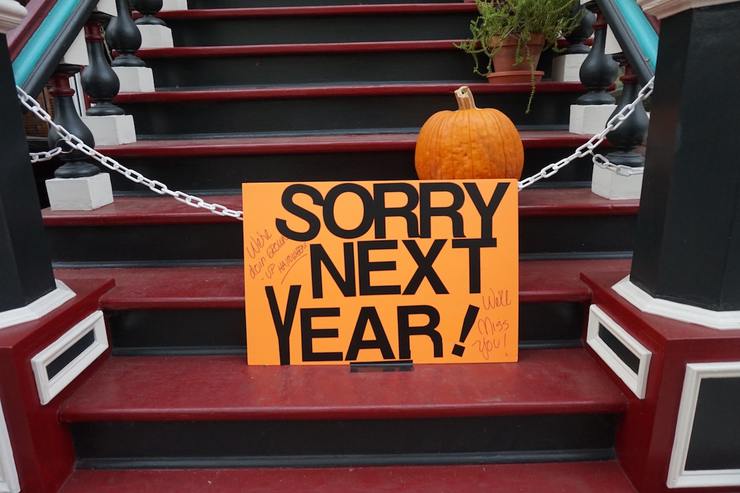Two Questions
What happens when the bottom starts pushing back against the top? Part of it is already happening. Trump, Bernie Sanders, and Brexit all represent people saying, “Stop the ride, we’re going to try something new. If you don’t like it, too bad. This is the way things work.”

Capital Thinking • Issue #575 • View online
Covid-19 has separated workers into two clearly defined buckets: Those who can work from home and those who can’t.
You can break it out further into those who work for companies that can do business online and those that can’t.
In human terms, there are now flight attendants and waiters whose careers vanished overnight, and lawyers/bankers/consultants/programers who continue earning their nice salaries and benefits while in their pajamas.
That’s generalizing. There are exceptions on both sides.
But it’s directionally accurate. And it’s a big deal because a key income inequality characteristic over the last three decades has been the disparity between those who work with their hands and those who work with their heads.
That trend just sped up exponentially.
What Next? (Two Questions)
Morgan Housel | The Collaborative Fund Blog:
Desire for economic forecasts surges right when our ability to accurately forecast plunges.
That’s the case today. The decline is unprecedented, so there’s no good historic guide to what might happen next. It’s also huge, so the need for businesses, states, counties, and countries to plan for what might happen next is off the charts.
If good forecasting is out, the best we can probably do today is figure out the right questions to ask about the economy, and pay attention to those questions as reality plays out.
Here are two big questions – one economic, one more social – that seem crucial to pay attention to as we think about recovery.
1. Will the relationships between employers and laid-off employees break, making it difficult to quickly restart a business after the shutdown is lifted?
Half of all homebuilders went out of business between 2007 and 2012. Most of the survivors endured by laying off workers.
The number of construction workers in America fell by 2.3 million between 2006 and 2010. The industry employed fewer workers that year than it did in 1989.
Those millions of laid-off construction workers – carpenters, plumbers, painters, etc. – couldn’t just wait for the rebound. They had to go do something else.
Some were immigrants who returned to their home country. Others moved states. Many changed careers entirely.
Then demand for new homes returned around 2012. It began to surge around 2015.
But since the bonds between homebuilders and their workers had been broken, homebuilders found themselves unable to just rehire their old work crews and resume business.
Here’s how one report described it in 2018:
Despite a dramatic increase in permits for residential construction since 2009, construction jobs have increased at less than one tenth the pace of permits. As a result, wages and the overall cost of building are increasing, forcing some developers to delay projects or, in some cases, not build at all. “There’s been several projects we declined to bid or just don’t even look at because we know we can’t man them,” said Walt Oxley, owner of Ciarra Construction.
Another:
Eight years after the housing bust drove an estimated 30 percent of construction workers into new fields, homebuilders across the country are struggling to find workers at all levels of experience, according to the National Association of Homebuilders. The association estimates that there are approximately 200,000 unfilled construction jobs in the U.S. - a jump of 81 percent in the last two years.
As more than 17 million Americans file for unemployment, one question I have is whether we’ll see a similar thing play out.
And this time it might be worse – rather than just the construction industry it could hit perhaps half of all industries.
The CEO of a small business told me last week: “Anyone who thinks you can flip a switch and restart a business after it’s been shut down for two months has never operated a business.”

*Featured post photo by Ben Shan on Unsplash
